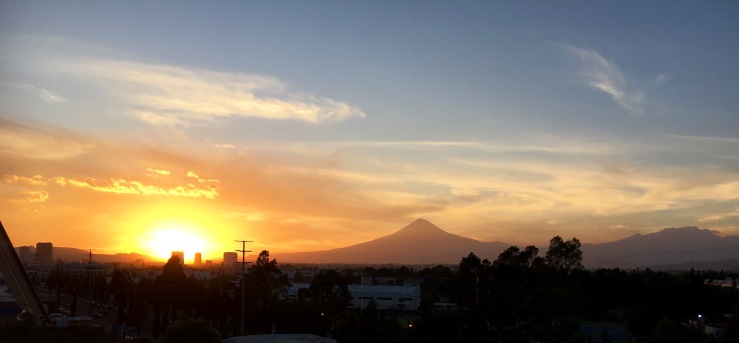
Tonight, I stood on the roof terrace and watched the most spectacular sunset I have ever seen, as the Mexican sun turned silver clouds into pure gold, and the sky deepened to the darkest purple over a sleeping Popocatapetl.
And I wept. Wept with an impossible-to-quell happiness that welled up suddenly from somewhere so deep inside me that I couldn’t tell you where it began nor whether it might ever end. My heart was so full of joy that it simply overflowed, and I had not a single tissue to hand.
The real Joy, my nurse, stood quietly next to me, looking out at the volcano, either too tactful, or too entranced with the view herself to notice.
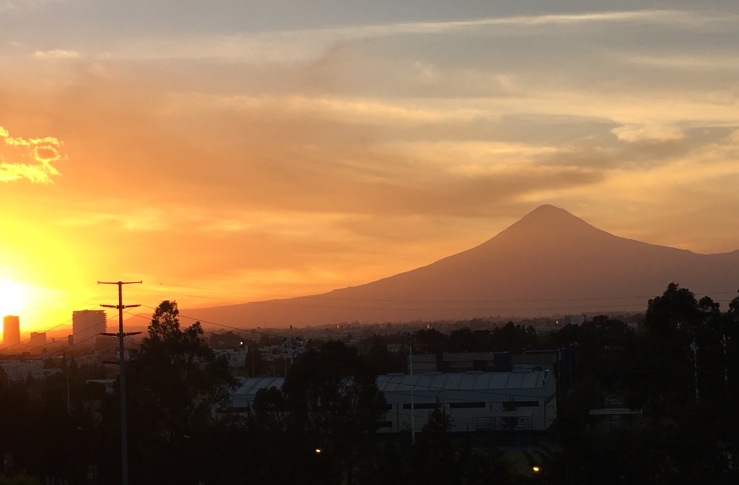
The sunset over Puebla and the mountains that cradle this city reminded me vividly of a painting at the Tate Gallery that mesmerized me as a child. It was called “The Plains of Heaven”, painted by John Martin in 1851 – 1853 (though I also loved “His Great Day of Wrath”, apocalyptic enough to thrill any child’s grisly heart).
I could stand in front of The Plains of Heaven for hours, imagining the warmth of that azure lake, and the craggy mountain paths, wondering what might lie beyond in this heavenly place, just a little further out of frame.
Though Martin’s work was later dismissed as populism, it was precisely the melodrama and the endless possibilities of losing yourself in those vistas that attracted me. Rather like choosing to watch a film by Douglas Sirk or Pedro Almodovar, where half the pleasure is in bringing your hanky in advance because you know you’ll be in tears by the end.
For me as a child, there was a sense that you could – if you wanted to enough – walk into John Martin’s painting, and go anywhere in that heavenly plain once you had managed to pass quickly and politely by the soppy swan-maidens, and push further into the silent solitude of the mountains beyond.
It was the same sense that I had when I first read the Chronicles of Narnia, by C S Lewis, when I was seven. His stories confirmed everything I’d ever imagined of a whole other land that must be out there, peopled by kindly speaking lions, helpful fauns and generous dwarves, not to mention the chance to prove yourself a heroine like Lucy, or indeed a coward like Edmund, when tested to your limits – if only you could first find exactly the right wardrobe door to walk through into the magic kingdom.
Tonight, out of the blue, that was exactly how I felt. Suddenly, a door had been opened, and there stood Narnia in front of me. Not the winter version, but the Narnia after Aslan sacrificed himself, melting the eternal snows and unleashing an unexpected summer, in a kingdom of the healthy where all may be well again one day.
Heaven, perhaps, but on this earth, here and now. Because today I was granted a second chance of life.
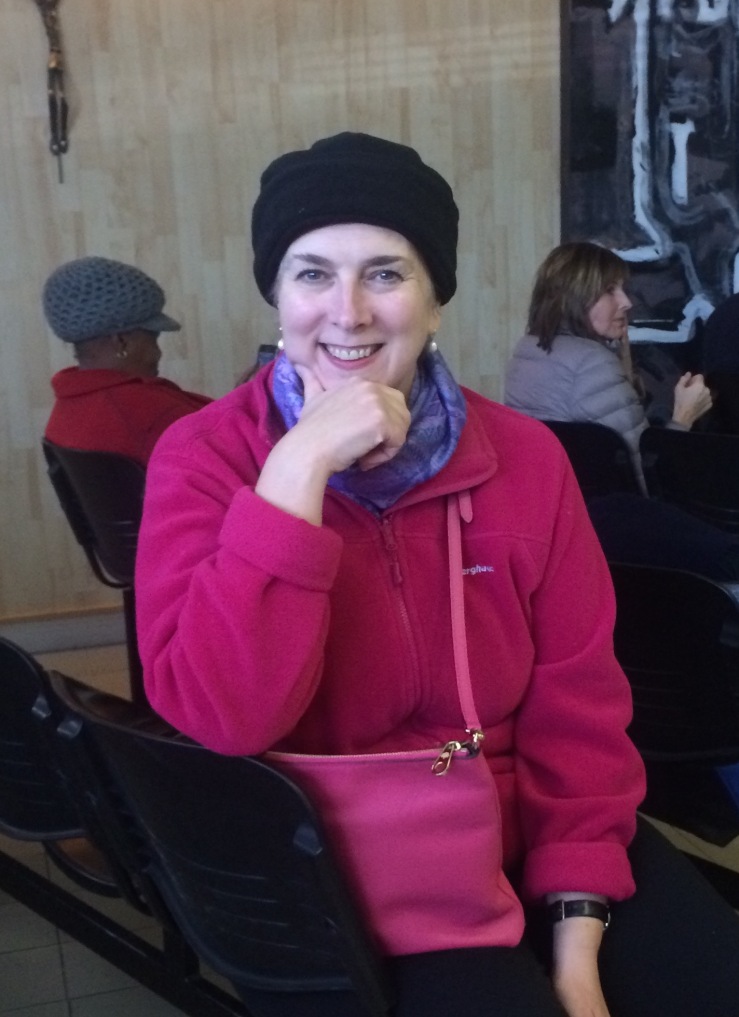
Whether you credit the genius and generosity of God or of science or mankind, I received my stem cells back just after 1 o’clock today in an unremarkable small blue and white room on the ground floor of Clinica Ruiz, to the soupy accompaniment of middle of the road rock playing gently in the background.
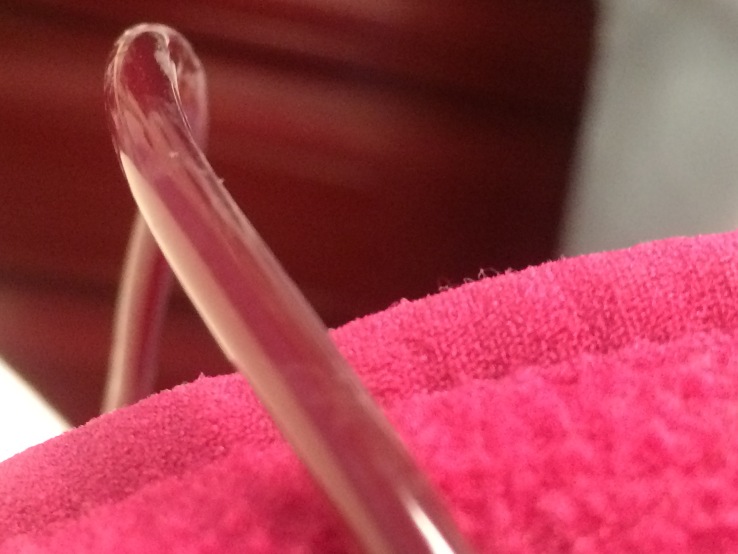
I was feeling rather more Hallelujah Chorus from Handel’s Messiah, but apparently not even $55,000 USD can buy you the appropriate soundtrack to your stem cell transplant, though I may yet suggest it.
Music notwithstanding, every single drop of that vigorous ruby fluid coming back home into my veins felt like a miracle.
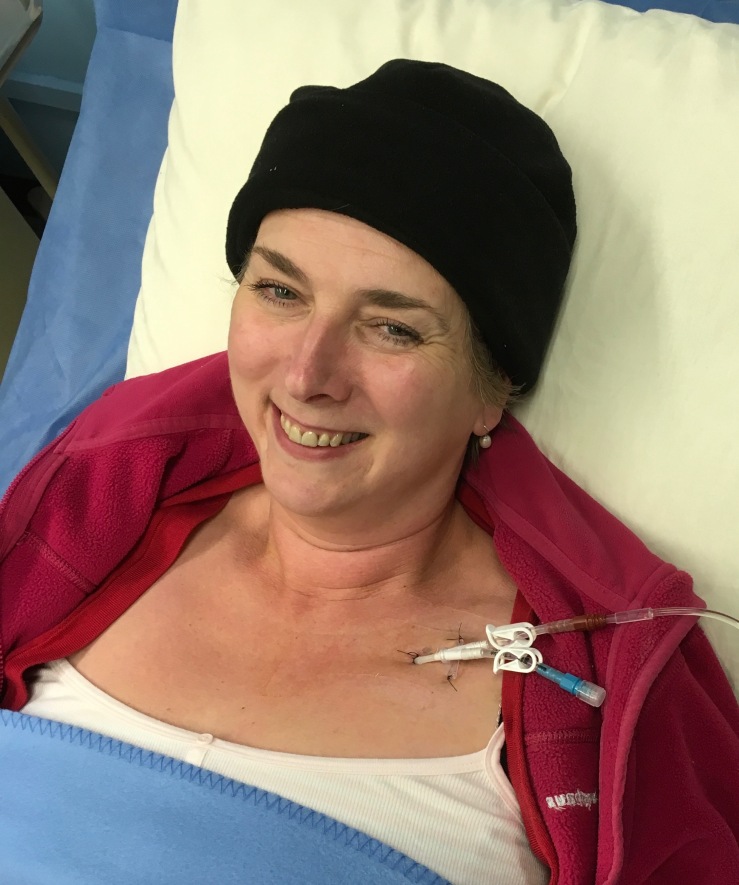
Only the inconvenience of being hooked up to the immovable plastic tubes by the PICC line still firmly entrenched in my chest managed to stop me hugging Martin Ojeda, the smiling biochemist in charge of this rebirth, as he quickly and expertly connected up one very extraordinary ordinary medical plastic bag containing my new life and health: 191 million stem cells dawdling their way one by one back into my veins, filling them like welcome drops of rain on parched land.
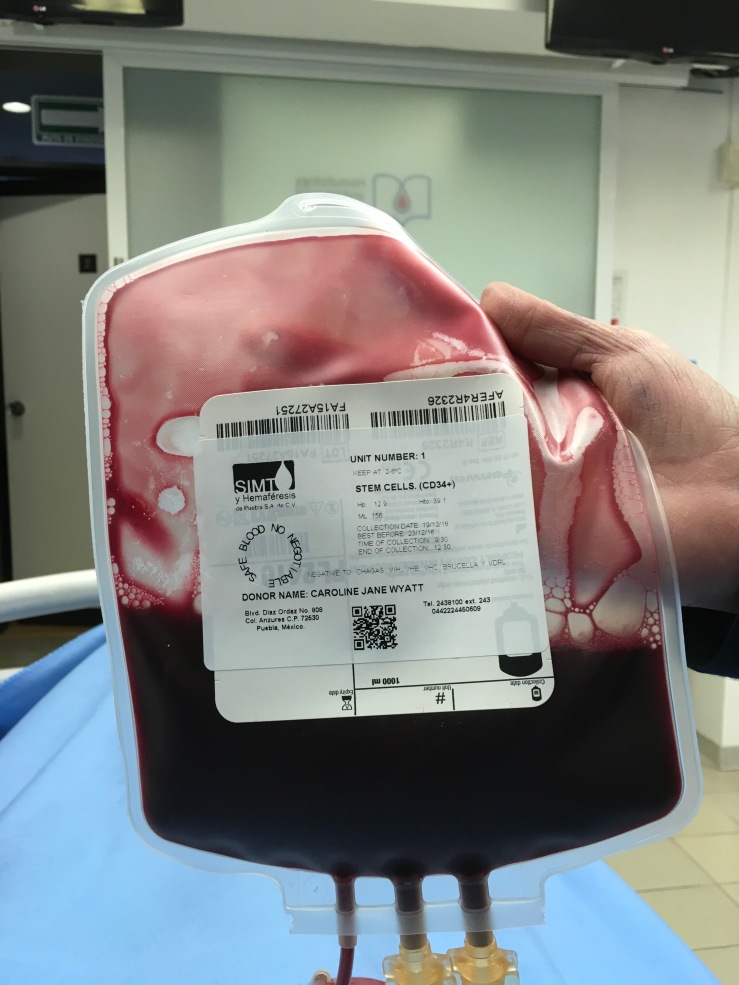
At that moment, I thought of my wonderful late colleague Brian Hanrahan, who died of cancer far too young six years ago. Reporting on the Falklands War in 1982, he couldn’t reveal how many fighter jets the British had. So he said he’d counted them all out and he’d counted them all back in. A brilliant, elegant way to get around the military censors, and make clear those pilots were all safe.
I didn’t count my stem cells back in, but I did savour every second, because what was also filling my veins in that simple room was hope.

Then the young neatly-bearded haematologist, Manuel Priesca, who works with the earnestness and skill of a high priest of the blood, combined with enviably toned muscles, came in to take away the PICC line, a moment of relief after four days of living with this alien attached. I know many others endure a PICC line for far longer, but I’m squeamish.
Would it hurt? I asked nervously. Yes, said Joy, watching protectively from the end of the bed. But only a little. And not for very long. And she was right. It did hurt – a little – but not much, and only for a matter of minutes, not more.
But it was the weirdest feeling. First I could sense and hear the snip of the three stitches coming out of my chest. No pain yet. Brace. And then the novel sensation of around 20cm of thin tubing being pulled gently out of my chest from the vein just near my heart.
I couldn’t bear to look, but I could feel every single centimetre slithering out, like a tiny helpful serpent leaving my body after its four-day sojourn there. I did wonder briefly whether the Mexican feathered serpent god Quetzalcoatl might be watching nearby.
Then, just as suddenly, it was done. The moment I had waited for and worried about for so many months was over. I walked back into the waiting room, the last of the five stem cell sisters to be reborn, and a cheer went up from our group, as it did for each of us as our new stem-selves emerged.
And with the return of those stem cells came a sudden quiet sense of gratitude such as I have rarely felt before. It took me tonight after that sunset to a quiet, empty chapel to give thanks with all my heart.
A whole heavenly vista of life’s possibilities has opened up again, after years of dwindling horizons in a life diminished by a fog that never lifted, and an ever-deepening heaviness that hung like chains around each limb.
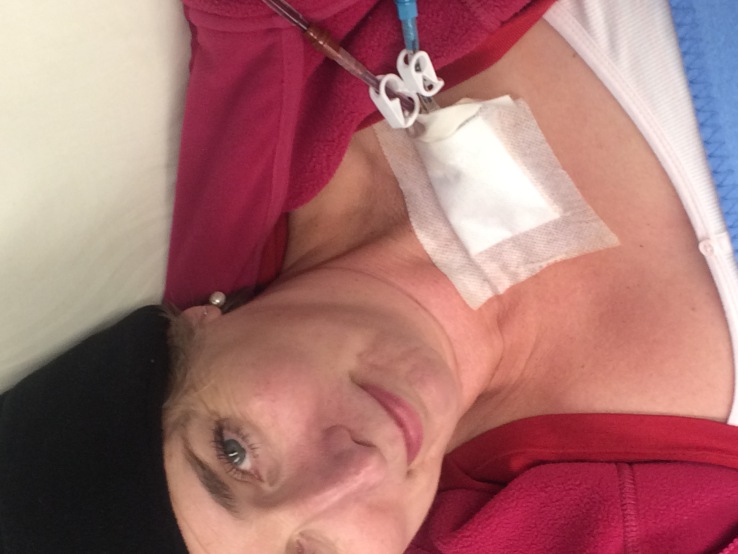
At this stage, I still don’t know if this stem cell transplant will work to halt the progression of my MS. Nobody does – until it either does or it doesn’t, up to two years or so down the line.
But already I can feel the fog within my brain is lifting. I am less stiff. And my legs feel less heavy tonight. I positively strode to the apartment from Tony’s van, barely needing to use my cane for balance, and although one eye is still blurry, the other is not.
Those changes had already begun after the fourth and final chemo session, so I have a feeling that my chances after HSCT are good.
According to the published figures by Clinica Ruiz, half of those who have had a stem cell transplant for MS here in Puebla have halted the progression of their disease. That would be miracle enough for me.
For another quarter of the MS patients here, the results have been wondrous, reversing most if not all of their symptoms, in what some might well term a cure. And for the other quarter, it has cost a month of their lives and tens of thousands of dollars to apparently little effect.
Even if that latter proves the case for me, at least I shall have tried.
As yet, nobody really knows why it works for some and not for others, though the medical research so far from Dr Richard Burt in Chicago and others suggests that the earlier HSCT is done after a diagnosis of MS the better, and the younger the patient (and the more inflammatory and aggressive their disease) the better their outcome is likely to be.
People with relapsing remitting MS and primary progressive MS may have the best outcomes, though some classed as secondary progressive can also do well.
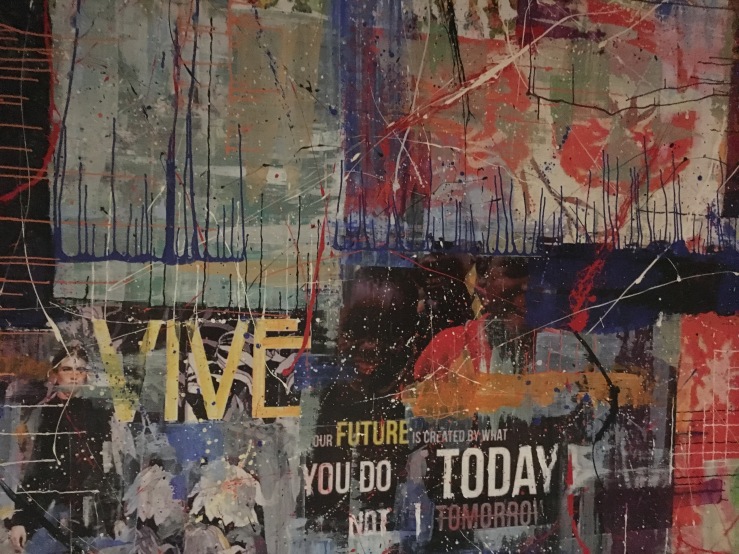
Early on in my own quest for this treatment last year, one neurologist pooh-pooed the whole idea of a stem cell transplant for MS with all the sweeping authority of a prophet who had just strolled down from Mount Sinai.
“It’s all a con,” he said, indignant on behalf of the MS patients he seemed to believe were being tricked by wicked haematologists at home and abroad.
“It’s the placebo effect. People just think they’re getting better, but it’s probably mainly to do with the extra physio the patients do afterwards.”
Bollocks. After months of research, it seemed to me that Mount Sinai was wrong, and that the haematologists were right. And to his credit, after several months of research, even Mount Sinai changed his mind, and admitted there might be something to HSCT after all.
I met so many (you know who you are) who’d already had or supported partners having HSCT, as pioneers from Moscow to Mexico, Chicago and the Philippines, to Kings College London and Sheffield.
I was encouraged by what I heard and read, from the expertise of the many who tend so generously and ceaselessly to the HSCT pages on Facebook, providing answers to the many doubts and fears.
This could still go wrong for me. I’m well aware of that. Many risks do still lie ahead, from the lengthy flight home, to sepsis, pulmonary embolism, DVT, depression, or a simple cold or food poisoning that’s far more serious for an immature immune system that’s still figuring out what to do.
Six months of semi-quarantine, avoiding raw food, restaurants, crowds, swimming and soil, all the things that could prove toxic, are still to come.
And those months won’t be easy, as the mind and soul worry: is HSCT working or is it not?
I am aware, too, that a secondary auto-immune disease could result from the transplant itself. And from the graph produced by Professor Paulo Muraro, the stem cell guru and clinical reader in Neuro-immunology at Imperial College, showing that every month post-transplant brings with it a new and different risk for the growing cells, from the scarily-named Cytomegalovirus CMV to plain old (destructive) Epstein-Barr.
There are many risks ahead. But life itself is risk. And I feel more alive today than I have done in many years.
For me, by far the greater risk was declining slowly every day, feeling my voice, my limbs and my brain grow more leaden with every passing hour, shrouded and silenced by the fog.
I believe that the doctors who say it’s too soon to do HSCT when you’re already walking with a cane and each day begins and ends with crushing fatigue (“but you look so well!”) are wrong.
And I can literally never repay the generosity of family, friends and colleagues who made and continue to make this journey possible with your unstinting love and support. Thank you.
I wonder still why so much energy among the experts in the UK goes into dismissing or questioning HSCT.
Why don’t we roll all our energies into more research and funding, to discover exactly how and why HSCT does work for MS (to varying degrees) for some 75% of those who have it – for at least the first five to seven years – and in many cases far longer, perhaps for life.
The theoretical mortality rate is now down to 0.8%. And while the risks associated with it afterwards are higher, so far here at Clinica Ruiz, not a single international HSCT patient with MS has lost their life as a result – more than 250 international MS patients on.
The same goes for the almost 600 patients treated by Dr Federenko in Moscow, not to mention the ever-growing numbers in London, Sheffield, Chicago, Stockholm, Heidelberg and elsewhere.
And so, with gratitude and joy, to bed, taking my newborn stem cells for the sleep that they deserve, in the hope that the oncoming sluggish days of neutropenia will pass uneventfully for us all, before our new cells awake and get to work. Good night.
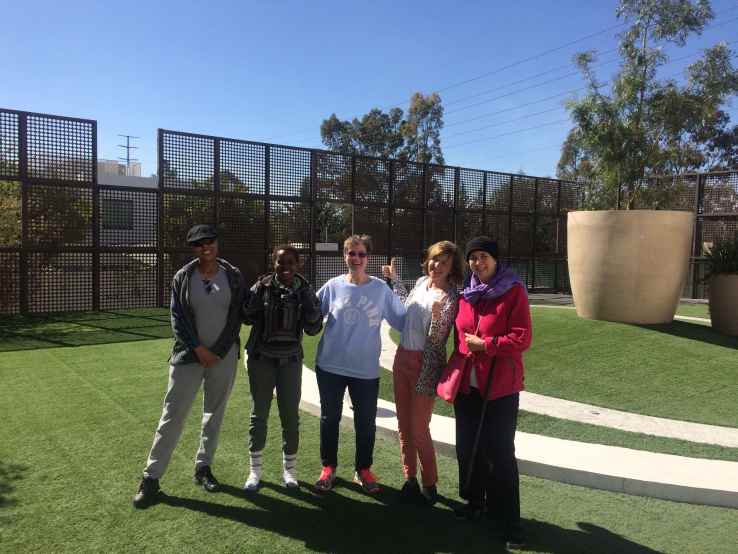

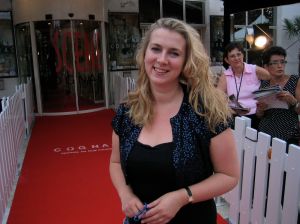


Good luck to you all ! X
LikeLike
Happy re-Birthday and congratulations to you, Caroline!
Despite the uncertainties I will always put my faith in stem cells after witnessing for myself the speedy recovery of my best friend Ed, diagnosed with a very rare and deadly Leukemia at the age of 26. After treatment with donated stem cells he went into complete remission, and is still completely cancer free 10 years later. We’ve all been thankful for every minute of those years. Who knows what the limits are to this treatment, for a whole host of diseases, and I think you are right to give it a go, whatever comes next.
I can’t wait for your next update, what a marvellous undertaking this blog is. Thank you for writing it.
All the best, with love
Daisy x
LikeLike
Caroline – I just said to my husband: “What is the term for someone who can express themselves really eloquently?” and when we finished laughing I decided that the name, if not the term, is “Caroline” 🙂
It’s twenty-nine months since my own stem cell “birthday” in Russia, and yet your words instantly took me back to that day in August 2014 when I was lying anxiously waiting for Dr Fedorenko and his team to come and give me my life back, waiting to hear how my poorly room-mate who was being treated urgently for an infection in the room adjacent was doing ,waiting…..and the tears come. To be able to affect people on such an emotional level is a true gift, Caroline. Thank you for sharing your gift with us.
LikeLiked by 2 people
Thank you Gwen! It is such an enormous rollercoaster, and I was so helped by reading other people’s blogs before I made my own decision to come here. Was so grateful to all those who blogged and helped on FB that it’s just really good to be able to pay it forward in some small way. Though I fear that anyone looking for useful info on HSCT has to first wade through a whole lot of other rambling to get to the actual medical stuff! 🙂
LikeLike
Awesome! Every time I read your blog it feels like I’m right there going from one emotion to another.
The removal of the PPICC line is also the only thing I fear of the whole process. Your detail description of how it feels was very helpful. Happy stemmie birtday!
LikeLike
Caroline, I find it difficult to express how I feel about your blog; every post beautifully written from the heart. I am rooting for you with all my being. Stay strong.
LikeLike